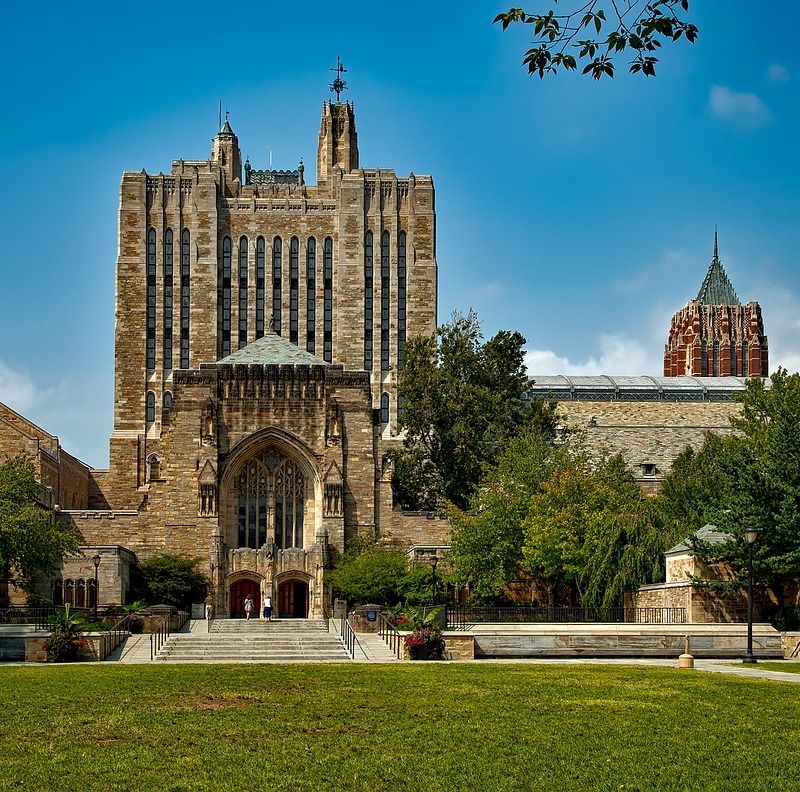

Hongjie Dai
Dr. Hongjie Dai is shaping the future of materials science and nanotechnology as an emeritus professor at Stanford University's Department of Chemical Engineering. With a career marked by groundbreaking research, Dr. Dai has significantly advanced the fields of chemistry, physics, and materials science through his pioneering work on carbon nanomaterials. His expertise in synthesizing and exploring the properties of carbon nanotubes, graphene nanoribbons, and hybrid materials has positioned him as a leading figure in the scientific community. Dr. Dai's research has had a profound impact on various applications, including nanoelectronics, nanomedicine, energy storage, and electrocatalysis. His innovative approach to these fields has led to the development of cutting-edge technologies, such as NIR-II fluorescence imaging, which allows for deep tissue penetration, and the creation of an aluminum ion battery, which offers promising advancements in energy storage solutions. These contributions have not only expanded the boundaries of scientific knowledge but also paved the way for practical applications that benefit society. Throughout his illustrious career, Dr. Dai has been recognized with numerous awards and honors, reflecting his outstanding contributions to science and technology. His membership in prestigious academies underscores his influence and leadership in the scientific community. Dr. Dai's work continues to inspire researchers and students alike, as he remains dedicated to pushing the frontiers of knowledge and innovation in materials chemistry and beyond. In addition to his research, Dr. Dai is deeply committed to mentoring the next generation of scientists and engineers. His dedication to education and collaboration has fostered a vibrant academic environment at Stanford, where students and colleagues are encouraged to explore new ideas and pursue interdisciplinary research. Dr. Dai's legacy is not only defined by his scientific achievements but also by his unwavering commitment to advancing the field and nurturing future leaders in science and engineering.
Publications
, 1410-1415, 2008-02-05

